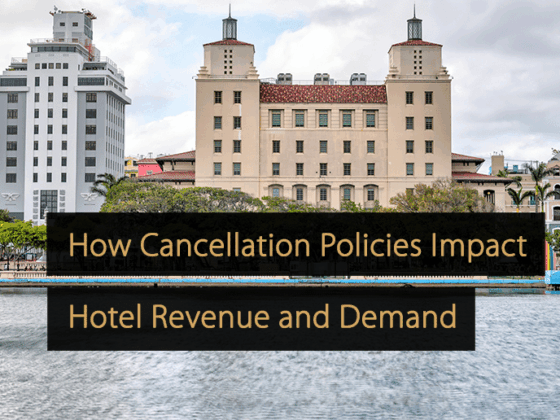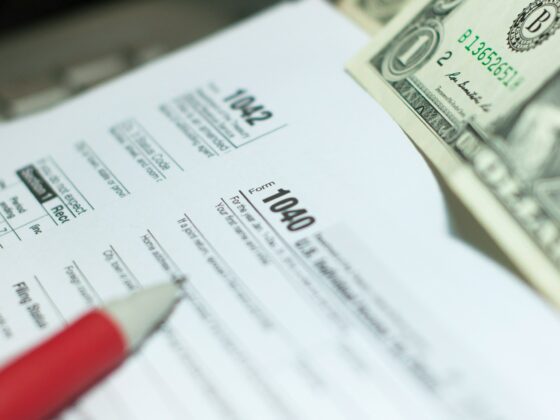
The Consumer Price Index in July rose 0.2% month-over-month and 2.7% on a 12-month basis — less than expected as tariffs have so far yielded modest impacts.
Data released Tuesday morning from the Bureau of Labor Statistics shows that the food index overall was unchanged over the month, however restaurant prices rose 0.3% and grocery/supermarket prices fell 0.1%.
The food-at-home index is up 2.2% on a 12-month basis, far below the overall inflation levels. Conversely, restaurant pricing continues to outpace the CPI and was up 3.9% on a 12-month basis, including 4.4% for the full-service sector and 3.3% for the limited-service sector.
In July, the index for full-service meals rose 0.5% month-over-month, while the index for limited-service meals increased 0.1%.
While menu inflation remains stubborn, it is well below the 8.8% peak from March 2023.
That said, in July, the gap between grocery inflation and restaurant inflation increased by 30 basis points and is now 170 basis points in favor of grocery stores, according to Kalinowski Equity Research. The 23-year historical average is a 70-basis-point gap in favor of grocery stores.

In a note, chief executive officer Mark Kalinowski wrote that this widening gap has been a major reason restaurant same-store sales have been sluggish throughout the past several quarters. He predicts menu inflation to continue weighing on restaurant industry sales trends throughout the remainder of 2025.
There are no easy solutions. Several restaurant brands reported input cost increases during their recent second quarter earnings calls, with more price increases on the table.
Restaurant365 general manager for inventory and purchasing Joe Hannon said the continued rise in inflation reinforces that cost pressures are sticking around longer than many expected.
“For restaurant operators, that means it’s not the time to coast. Operators who stay proactive are running regular cost checks, tightening inventory controls, and adjusting pricing dynamically, not just quarterly. We’re seeing more groups deploy margin alerts and real-time menu intelligence to identify where profitability is slipping before it hits the bottom line,” Hannon said.
While July’s CPI came in cooler than expected, President Trump’s universal 10% tariffs didn’t go into effect until Aug. 7. National Restaurant Association CEO Michelle Korsmo recently released a statement cautioning that those new tariffs could increase restaurant prices even more.
“Although we are still evaluating the full impact of these announcements, it is evident that these tariffs will increase the cost to access many important menu products.
“With restaurants operating on very tight margins, many operators may have no choice but to increase menu prices, something they are reluctant to do, because we know Americans may have to make the choice to dine out less frequently if prices go up. Fewer people dining out jeopardizes an industry that supports millions of jobs and local economies.”
Contact Alicia Kelso at [email protected]
=





